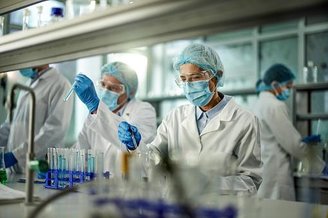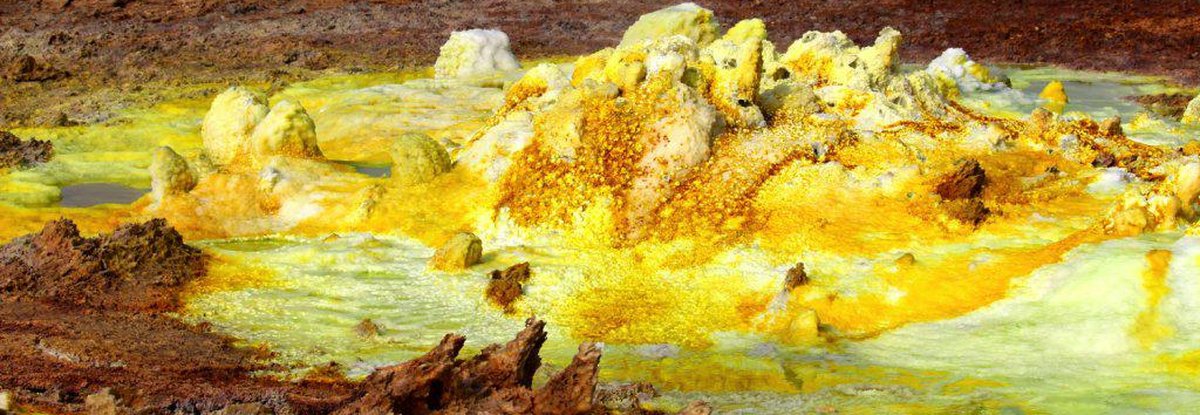In research recently published in the journal Cell, An international team of scientists has reshaped what we know so far about archaea, the so-called third life form. These creatures, which consist of a group of microorganisms identified in the 1970s, differ from bacteria and eukaryotes due to their unique characteristics.
In the study, researchers found: at least nine phyla of these archaea can produce hydrogen gasEnzymes previously believed to exist only in two other life forms are used. This means that archaea were already producing green energy before humanity existed.
Considered the most complex enzymes ever identified, these enzymes are small but powerful enough for these microorganisms to survive for billions of years in the harshest environments on our planet, where oxygen is very rare or even absent.
How can archaea produce renewable energy?
In nature, microorganisms produce and release hydrogen (H2) for a variety of reasons, from energy production to the elimination of excess electrons produced during fermentation. The enzymes used in this study are called hydrogenases, and although they have been known for decades, their importance and uniqueness were only realized eight years ago.
From that moment on, thousands of archaea were known that previously hid in hot springs, volcanoes, deep springs, and other hostile environments. In the study, the authors analyzed multiple genomes of these single-celled creatures, looking for hydrogen-producing enzymes, and then synthesized these enzymes in the laboratory.
Examination of catalyst proteins, Scientists have discovered that some species of archaea use a type of enzyme called [FeFe]-hydrogenaseIt differs from traditional hydrogenases found in bacteria and eukaryotes. What makes these enzymes unique is that they contain iron and iron in their active centers.
What are the implications of the research for biotechnology?

According to the research, “These discoveries reveal novel archaeal metabolic adaptations and optimized H2 catalysts for biotechnological development. and there is a surprisingly intertwined evolutionary history between the two main enzymes that metabolize hydrogen.
Although we’re only just starting to think about using hydrogen as an energy source, says Pok Man Leung, a microbiologist at Monash University in Australia who co-led the study: Archaea have been doing this for billions of years. In this sense, they could inspire existing biotechnologists to produce hydrogen on an industrial scale.
The paper’s first author, Monash professor Chris Greening, finds that discovering how archaea use hydrogen could have potential applications for the transition to a green economy. Remembering that biological catalysts can be efficient and durable, the biochemist asks: “Can we use them to improve the way we use hydrogen?”
Did you like the content? So stay up to date with more studies on renewable energy production at TecMundo and get the opportunity to understand how scientists grow healthy plants with the help of bacteria in the lunar soil.
Source: Tec Mundo
I’m Blaine Morgan, an experienced journalist and writer with over 8 years of experience in the tech industry. My expertise lies in writing about technology news and trends, covering everything from cutting-edge gadgets to emerging software developments. I’ve written for several leading publications including Gadget Onus where I am an author.












